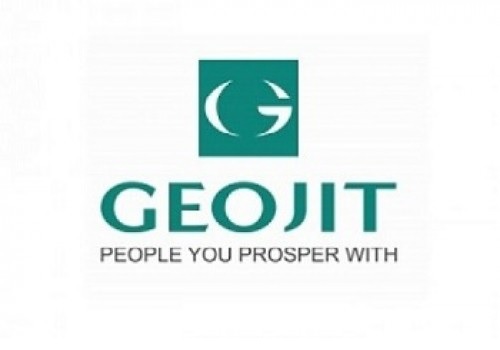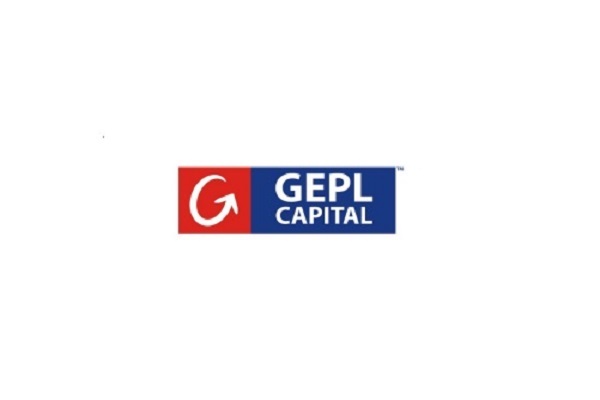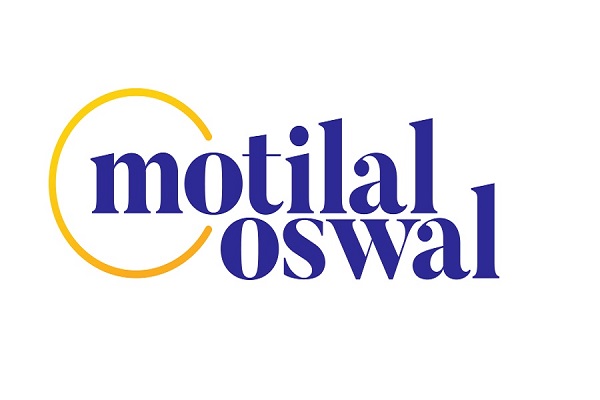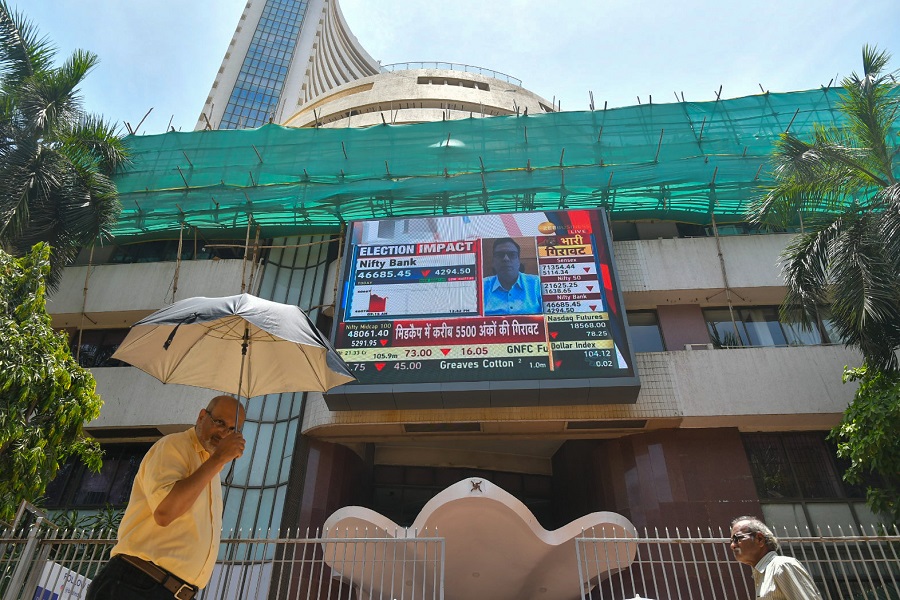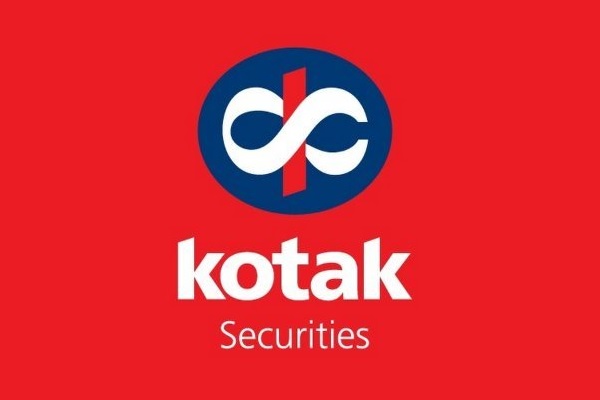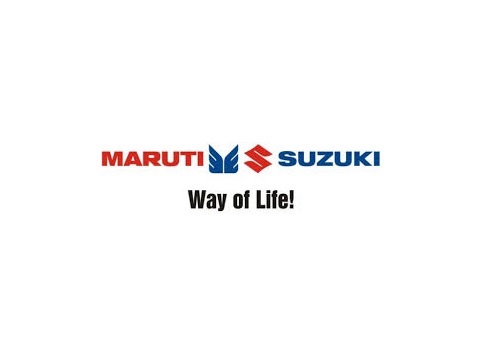IT Sector Update : A difficult time by Kotak Institutional Equities

IT services companies reported a weak March 2025 quarter led by select cases of delays in project ramp-ups and a cautious spending stance adopted by a few verticals in the run-up to the reciprocal tariff announcement. The revenue growth guidance for FY2026 is an expanded range that accounts for uncertainty in the quantum of tariff hikes by the US. The revised guidance may be a tad optimistic at the upper end of the band. Retail and manufacturing were impacted the most. Mid-tier companies once again outperformed large companies. TechM, Infosys, TCS, Coforge and Indegene are our top picks.
Muted quarter across companies; BFSI was the bright spot
All large IT services companies reported a sequential revenue decline in constant currency terms, a first since the June 2020 quarter. The decline was sharp in manufacturing and retail verticals, while revenues from the financial services vertical held up well. Revenue growth slowed down on yoy comparison across companies to low single digits. Headcounts increased across companies, indicating that they were building up capacity for growth but faced deterioration in demand (see Exhibit 21) toward the latter half of the quarter.
EBIT margins—impressive defense for now
All large IT companies, except for TCS, reported a yoy increase in EBIT margin and stable margins on a qoq basis. A combination of rupee depreciation, aggressive expense management and potential adjustment in variable compensation helped. Select companies also reported an increase in realization.
Mid-tier continues to shine
Mid-tier companies, such as Persistent, reported strong growth. Mphasis also reported a good revenue performance. We expect the mid-tier pack to outperform larger companies on growth, driven by a favorable revenue mix and lesser concern on deflationary risks from new technologies.
FY2026E guidance is aggressive at the upper end of the band
IT companies’ revenue growth guidance band for FY2026E has expanded to 3% from the usual 2% to accommodate uncertain implementation of tariff hike by the US. Revenue CQGR during 1Q-4QFY26 stands at 0.5-1.7% for Infosys and 0.1-1.3% for HCLT. This might seem modest but faces the test of delay in project renewals and potentially even cancellations in retail and manufacturing verticals. Our growth estimates are based on the mid-point to the lower end of the guidance band.
Modest growth for FY2026—balanced risk-reward
Our estimates are based on a US slowdown and not a recession. Certain segments of the markets are absolute no-go—the entire ERD space falls in this bucket. Risk-rewards in IT services is balanced. Tech Mahindra, TCS, Infosys, Coforge and Indegene are our key picks. FY2026 will mark another year of low single-digit growth for the incumbents, not encouraging, especially with potential deflationary GenAI risks for the sector. Exhibits 20 and 21 detail our base case and recession scenario estimates and fair values for IT companies.
GenAI—plenty of promise and concern in equal measure
GenAI was a recurrent discussion and theme across all earnings call. All companies had the same theme—(1) GenAI opens up new opportunities, (2) they are well positioned to capitalize on the GenAI wave due to early investments in people, platforms and certifications. Analyst focus was deflationary pressure for which there was no clear-cut answer.
Here’s what we think—inherently, new technologies tend to be deflationary, a headwind for incumbents and an opportunity for challengers. Additionally, the difference in technology expertise (skill + scale) narrows down in new technologies, aiding challengers. It will be difficult for incumbents to aggressively incorporate gen AI into their services portfolios, given the larger size relative to challengers who can better afford to cannibalize existing revenues to get a bigger portion of the pie from incumbents.We reiterate our view that the IT services industry will face temporary headwinds from gen AI adoption, leading to a 2-3% impact on growth for 2-3 years, perhaps starting in CY2025. Companies need to balance generating efficiencies in existing businesses and gaining market share through disruptive propositions. As AI adoption picks up in other use cases, the net impact on demand could turn neutral or positive.
Retail and manufacturing under pressure; mixed trends in telecom, tech & health; resilient BFS and E&U
Exhibit 8 provides snapshots of vertical-wise spending outlook across key companies. Retail, consumer, logistics, travel and manufacturing verticals are the most impacted due to tariff imposition by the US government and highly vulnerable to project delays, cancellations and cut to discretionary spending. Spending outlook is mixed across telecom, hi-tech and healthcare. Clients continue to have a cautious stance, partly due to higher macro uncertainties. It is reasonable to expect a slowdown in decision making and revenue pressure in these verticals. BFS and E&U continue to have a healthy demand outlook.
Margin—a weaker revenue environment poses more headwinds for improvement
Companies have already maxed out levers such as utilization. There is still some juice that can be extracted by lowering subcontractor usage and optimizing G&A. Companies will find it difficult to pull back on sales and marketing investments given the need to capture demand in a weak environment. Leverage from pyramid is also a challenge. Pricing will be under pressure. We do not expect material benefits from rupee depreciation, We believe companies will deploy levers linked with employee compensation, such as deferring wage hike (TCS is a recent example) and lower variable pay.
Deal wins have been healthy across several companies
Deals wins have been cost take-out led and healthy for quite a few. Still mega deals are proving to be elusive. Wipro won a mega deal in 4QFY25, at least part of which could have come at the expense of a peer. CTSH also won a mega deal in the March quarter. Coforge won a US$1.2 bn deal with Sabre. The pipeline of large and mega deals is building up for companies. Select companies such as HCLT and LTIM expect a healthy quarter of deal signings in 1QFY26, given that a few large deals in the pipeline are in the latter stages of closing. Delays in conversion due to macro uncertainties can pose headwinds.
Growth in FY2026 will be a function of vertical, geo and service-line exposure along with execution
We expect firms with higher exposure to manufacturing and retail verticals, discretionary spending and the US geo to face higher headwinds from demand slowing down. Outcomes of cost take-out deals, including vendor consolidation, also matter. A recessionary scenario will result in additional risks for select companies. For example, margin expansion to 15% in FY2027 will be significantly impacted for TechM; financial troubles can increase for Sabre, leading to uncertainty over revenues from the mega deal for Coforge.
GCC intensity continues
Companies, such as Infosys, HCLT and Cognizant, reported deals involving setting up a GCC for clients. We believe the intensity in setting up and expanding GCCs has continued despite chatter around tariffs. Captive carve-out opportunities may be less among large deals, although the situation can be different for retail and manufacturing—the highest impacted verticals. Despite GCC deals signed by companies, we believe expansion of GCCs is a net headwind for the sector.
Focus shifts to 1QFY26; mixed outlook from companies
1Q is seasonally strong for IT services companies. A weak 1Q will be difficult to offset unless there is ramp-up of sufficient cost take-out deals. Outlook for June quarter is mixed. Wipro indicated impact on sequential revenue growth due to higher macro uncertainties. However, outlook from Capgemini and Cognizant indicates no significant deterioriation in expected growth in 1Q compared to that expected from the start of the year.
Other key highlights of 4QFY25
* Weak net hiring. Net hiring by top 6 offshore pureplays increased by 0.1% qoq and 0.3% yoy.
* Utilization. Utilization rates remained stable at high levels, or increased across companies. Select companies, such as Persistent, are operating at unsustainable utilization rates.
* Subcontracting usage. Subcontracting costs as a % of revenue either remained stable or declined. Subcontractor usage is at multi-year lows for select companies, such as TCS.
Above views are of the author and not of the website kindly read disclaimer
